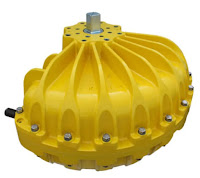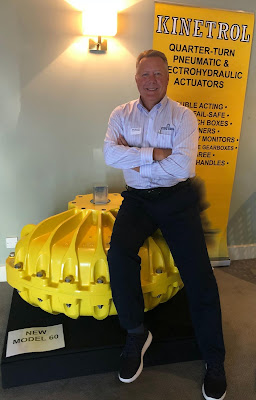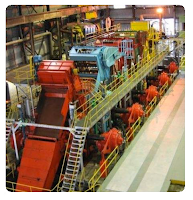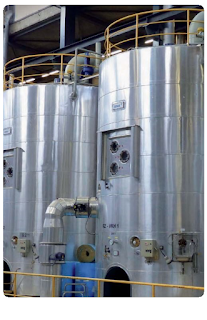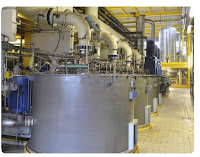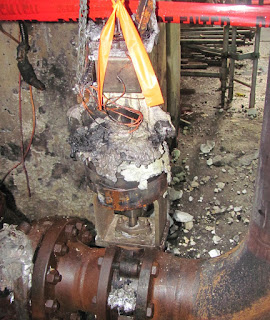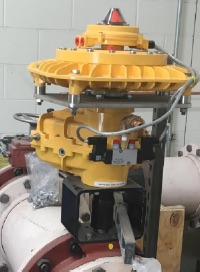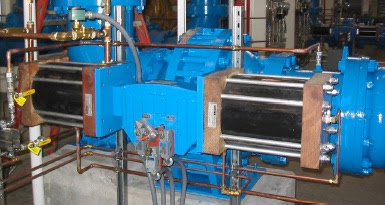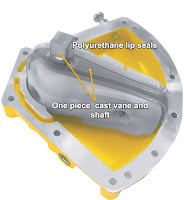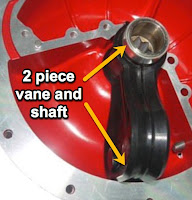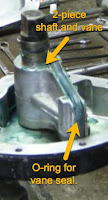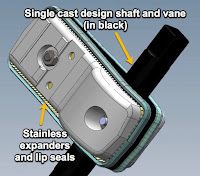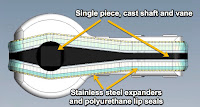Industrial actuators are critical components in process control systems, enabling precise and reliable operation across diverse applications. Standard Kinetrol actuators feature corrosion-resistant zinc or aluminum alloy casings with a durable epoxy stove enamel finish. However, specific environments necessitate an even higher level of protection, and stainless steel actuators, like the Kinetrol Model 07 Stainless Steel Double Acting Actuator, deliver significant advantages.
Stainless steel actuators are particularly suited to applications demanding exceptional corrosion resistance and durability. Constructed from CF3M/316L stainless steel, Kinetrol's Model 07 actuator casing provides robust defense against chemical attack, seawater exposure, and aggressive washdown environments. The ANC21 stainless steel vane and output shaft enhance durability, ensuring the actuator maintains reliable performance even in highly corrosive conditions.
One of the standout benefits of stainless steel actuators is their suitability for use in pharmaceutical, food processing, beverage, and chemical industries. These sectors often require rigorous sanitation processes involving frequent exposure to high-pressure cleaning solutions or harsh chemicals. Stainless steel construction effectively withstands these conditions without deterioration, maintaining structural integrity and functional accuracy.
Moreover, the actuator's finish—shot blasted and acid pickled—ensures surface smoothness and cleanliness, critical for sterile environments. Its internal components, including PTFE-coated bronze shaft bushes and molded polyurethane seals, are engineered for optimal performance and extended operational life. The seals incorporate stainless spring steel expanders to provide constant sealing pressure, minimizing maintenance and downtime.
Operationally, Kinetrol's stainless steel actuator offers impressive torque performance, ranging from 22.0 Nm (175 lbf in) at lower supply pressures up to 124.0 Nm (1080 lbf in) at higher supply pressures, demonstrating adaptability across varying operational requirements. Its double-acting design guarantees precise control, making it ideal for valve actuation in pipelines or systems handling aggressive fluids or gases. The actuator operates effectively within a broad temperature range (-40°C to +80°C), further extending its versatility across diverse climatic conditions and industrial settings.
For companies operating offshore platforms, wastewater treatment facilities, or chemical manufacturing plants, the benefits of adopting stainless steel actuators include significantly reduced lifecycle costs through diminished maintenance demands and improved reliability. The Model 07 stainless steel actuator also aligns with ATEX Category 2 standards, ensuring safe operation within explosive or hazardous environments, which is vital for oil and gas applications.
While the standard Kinetrol actuators with epoxy-coated aluminum or zinc remain suitable for many applications, the specialized needs of specific industrial settings undeniably benefit from the enhanced corrosion resistance and structural integrity that stainless steel actuators provide.
Currently, Kinetrol offers stainless steel actuators exclusively in the Model 07.
https://kinetrolusa.com
972-447-9443


